Nan Goldin has revolutionized the art of photography and reinvented the notion of gender and definitions of normalcy. An immense artist, Nan Goldin is also a tireless activist, who for years has been fighting against the Sackler family, responsible for the opioid crisis in the United States and around the world. All the beauty and bloodshed takes us to the heart of her artistic and political battles, driven by friendship, humanism and emotion.
All the beauty and the bloodshed by Laura Poitras was immediately our favorite film when we discovered it in competition in Venice. Our opinion (not consulted, we must say…) was followed by the Venetian jury, which gave it the highest award, the Golden Lion, amply deserved.
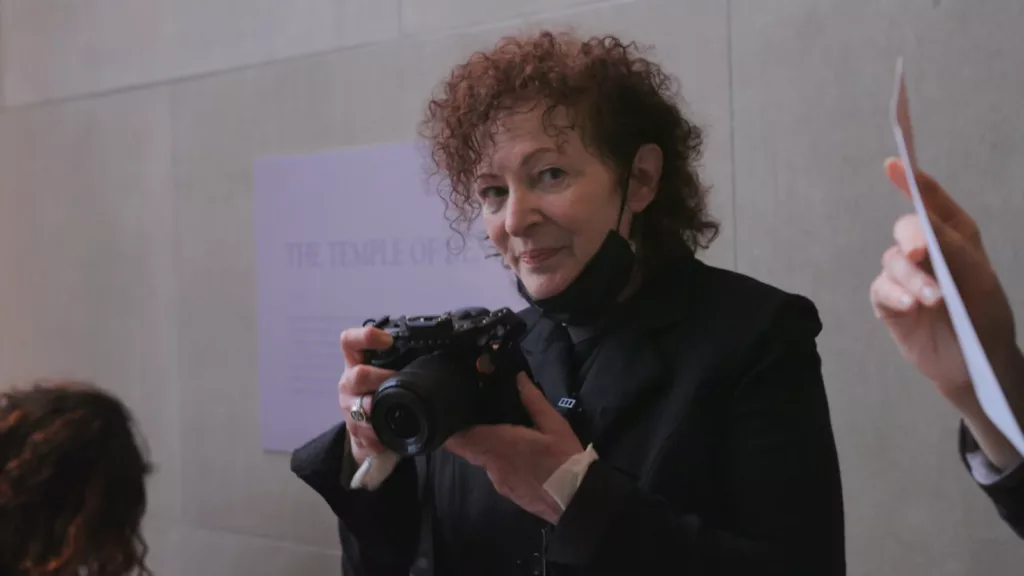
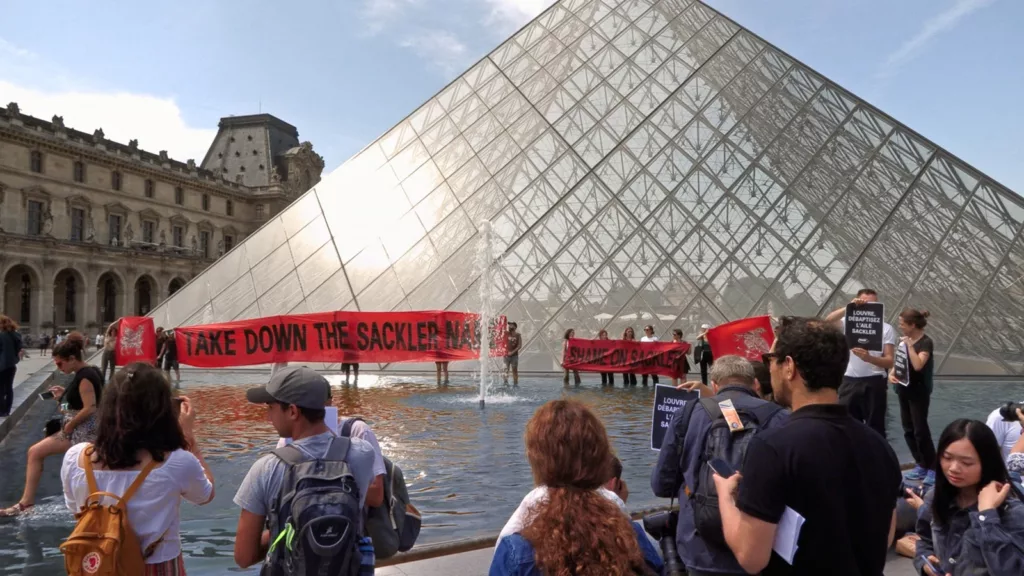
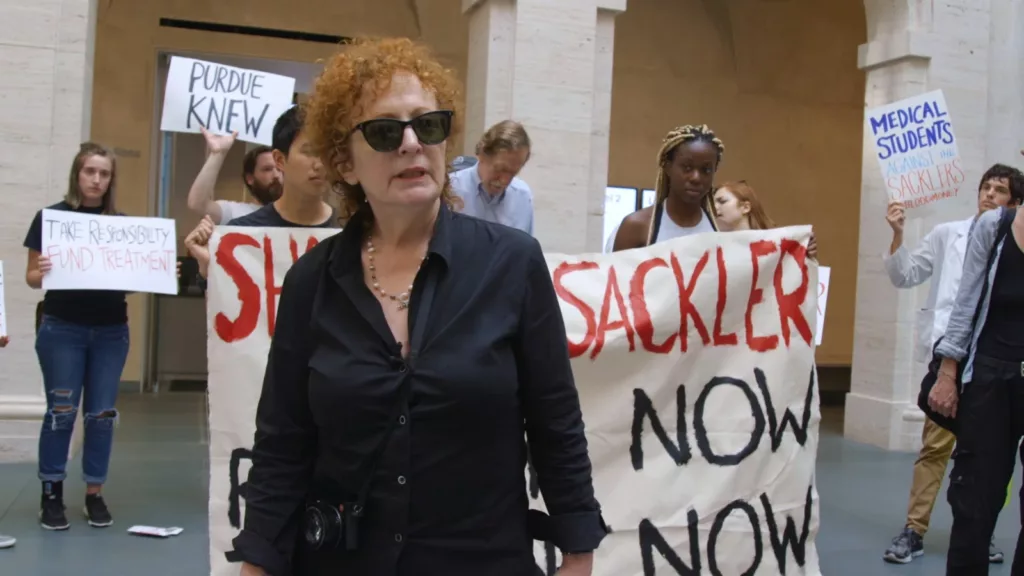
We could have thought that the film would not lend itself easily to the exercise of ordinary criticism to which a film critic is attached when he is given the task of analyzing and restating the qualities and defects of a fiction. Since it is a documentary film, dealing with a subject with force and aiming at reality, to do justice, and to accompany a perfectly assumed political message, a criticism of the work of the documentarian, of the work of the journalist, of the force of the theme, even of the relevance of the message could have imposed itself on us. Subjectivity holds then, even more than for a fiction, an important part in the appreciation.
But these few images mounted on a recorded text, which follow Nan Golding in her past, her art, her struggles, her present, to deliver a universal and very intimate message at the same time, beyond the interest of the subject, form an ensemble that can only be compared to what makes the strength of the most beautiful fictions. The richness of the subject, the work of assembly and the simply brilliant documentary device contribute to offer to the spectator a space of reflection, of reverie, and an emotional score in the center of any cinematographic ambition.
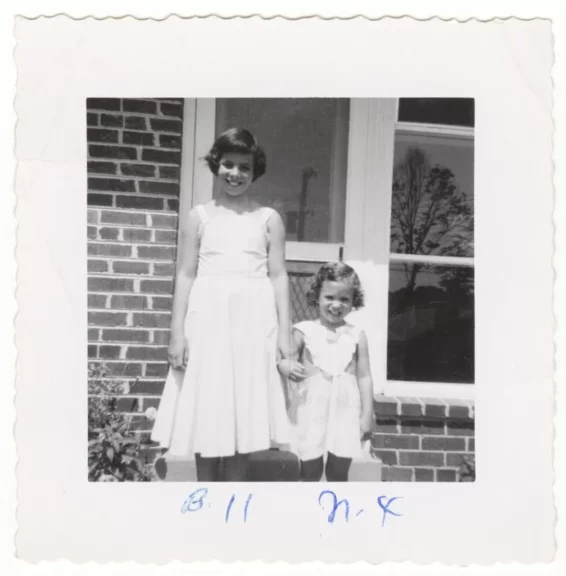
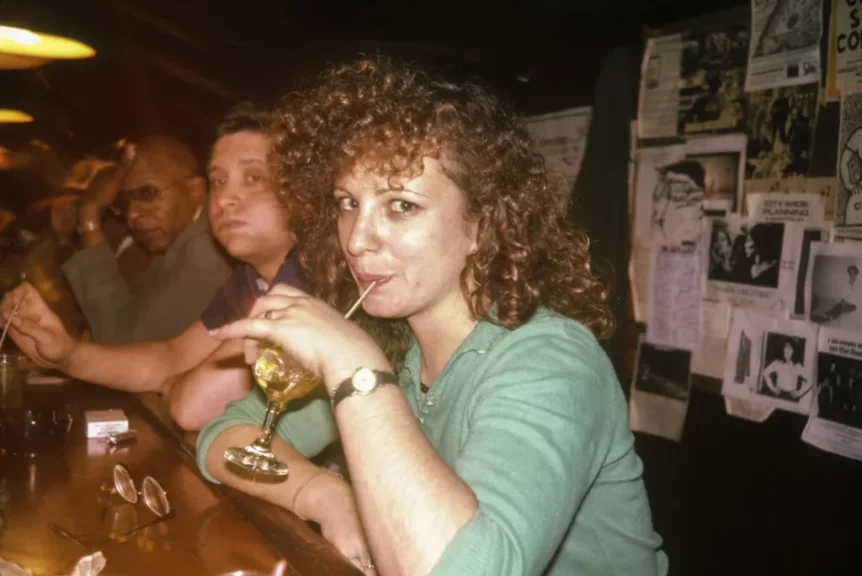
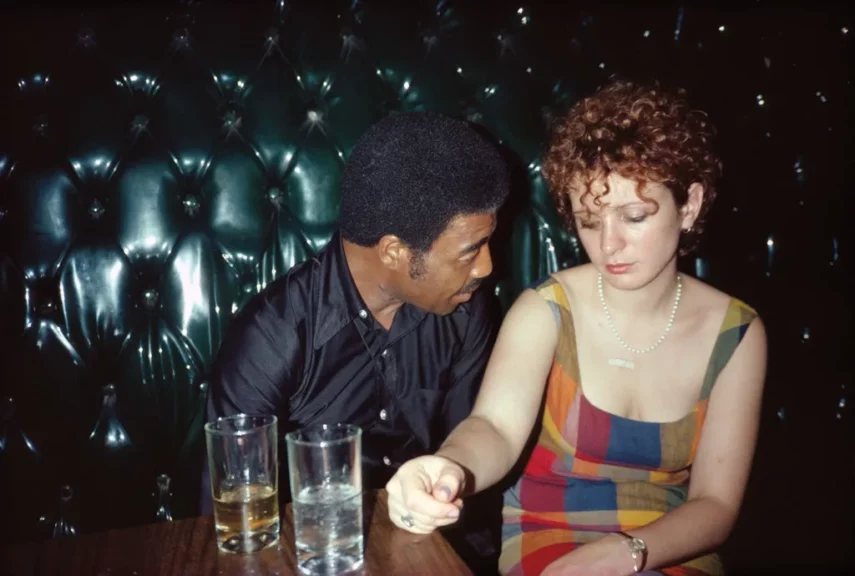
The organizers were not mistaken when they selected the film for the competition, and thus invited the spectators, the critics and the jurors to compare a documentary work, starting from reality, aiming at reality, and at changing reality, with fictions of all kinds. For All the Beauty and the the bloodshed is a protean undertaking, its form as much as its content. The process may seem simple: a dose of emotion and nostalgia, a dose of political struggle, a dose of reflection on art. The marriage of the three components, on the other hand, may seem, more than perilous, impossible. But Laura Poitras did not stop there. Her film, a skilfully dosed and orchestrated patchwork, excels at the same time in bringing out the strength of each of them, but more than that, embarks us in a whole that is one. A work that is political, poetic, tragic but also resilient, intelligent, vehement.
Each scene finds its use, demonstrates its interest. Whether it is art within art (Nan Golding‘s work, which she comments on with nostalgia), politics within politics (Nan Golding‘s present struggle against those she knows to be responsible for abominations), or very intimate moments, that look back on the difficult moments that made Nan Golding a person, an artist, in a permanent process of reconstruction, in the face of tragedy, the temptation of destruction, the destructive effects of a way of life that is assumed, fully reflected but constrained, and with random sides. To live, to struggle, to survive, to exist, to make oneself heard, to assert oneself, to find oneself, are thus the themes that Nan Golding embraces in her comments. Laura Poitras, by letting herself be guided by her intuitions, by putting her artistic eye on things, by building a very visible relationship of trust with Nan Golding, manages to make All the Beauty and The Bloodshed speak to us about Nan Golding, about shameful economic scandals, about art, death, and life. In short, a sumptuous film.
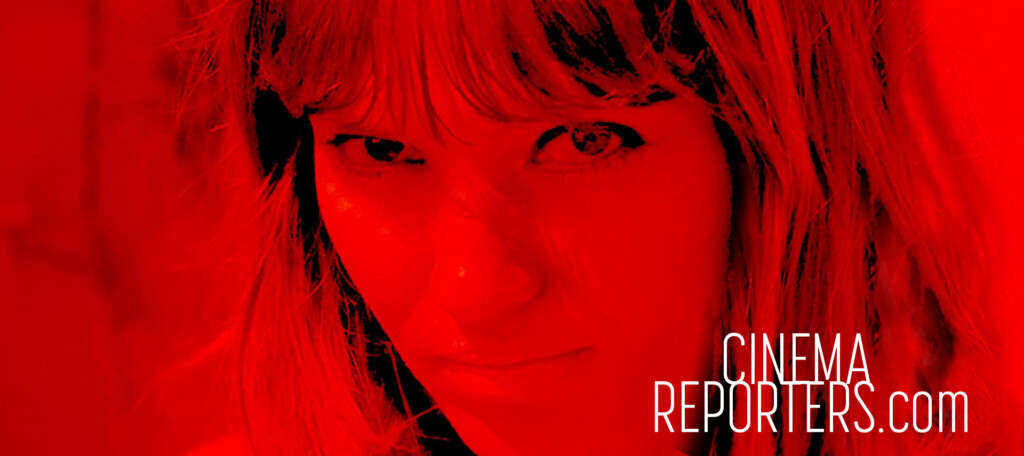
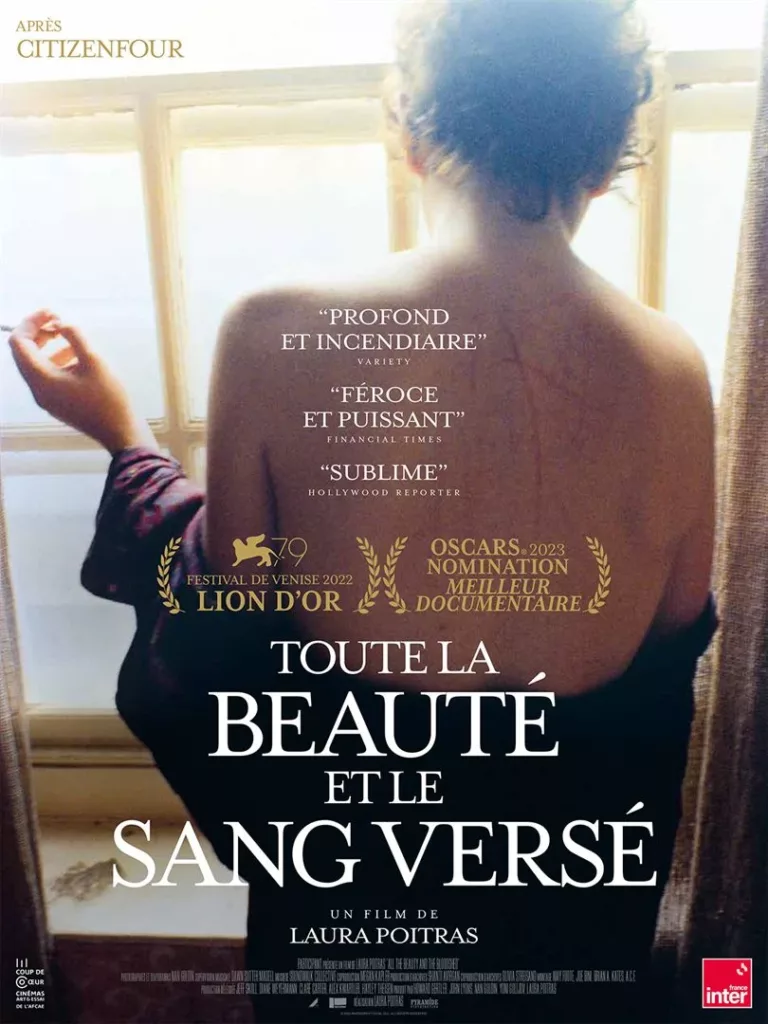
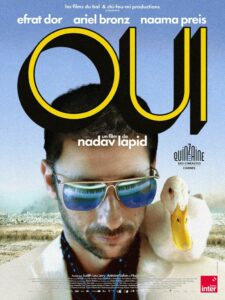
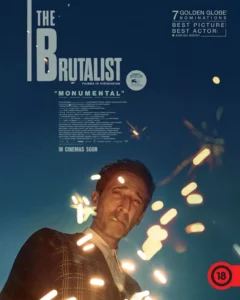
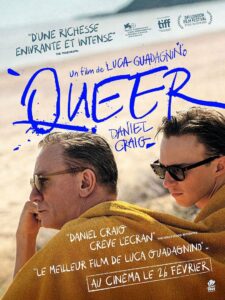
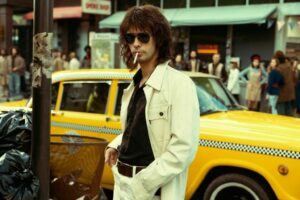
Be First to Comment